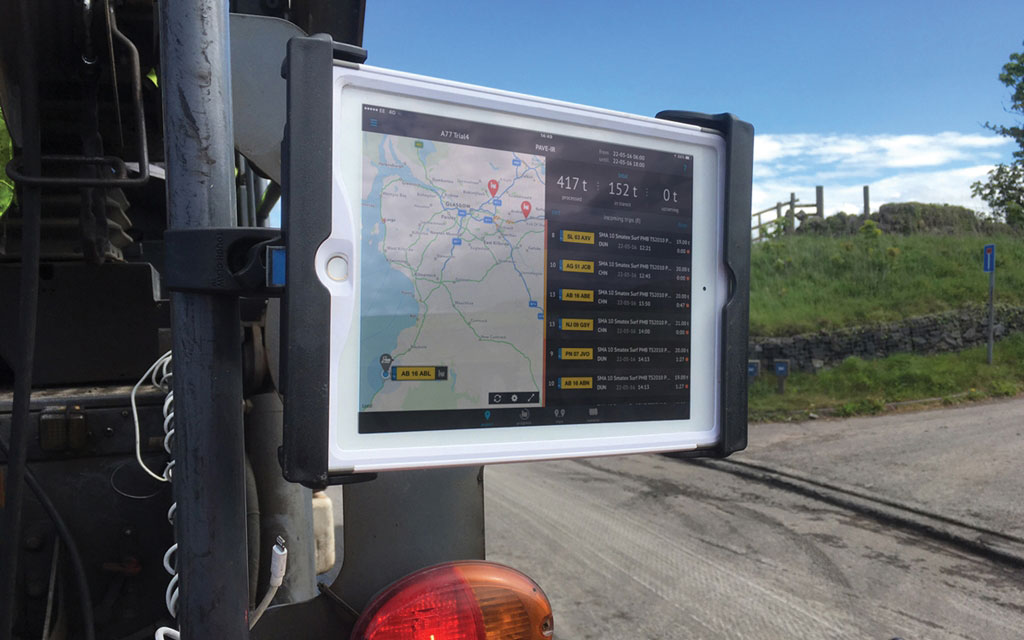How Tarmac Adapt to Advancing Technology

First published in the January 2017 issue of Quarry Management as Big Data brings Big Benefits
Big data has been a business buzz phrase for some time, but what does it mean and what does it have to do with highways? Tarmac’s head of optimization, Neil Pattinson, explains the need to adapt to advancing technology in the construction industry.
Big data is a term used to describe vast, unstructured data that is difficult to analyse. At its heart is automation, or getting technology to perform processes in minutes to identify patterns or trends within data that would potentially take people a lifetime.
So far, the term has not really entered the highways sector’s lexicon, but I am a great believer that there is scope to embrace its principles; collecting and analysing data not just on the condition and material composition of our roads, but also the regular ‘interventions’ that highways contractors make to the local and strategic road networks.
There are other potentially useful data sets relevant to highways out there too. Traffic flow information can be drawn from sat-nav applications and even from sensors built into the road surface to add extra granularity. An understanding of data and its impacts is also vital for BIM (Building Information Modelling and Management) Level 2 compliance, applicable to public sector projects since 4 April 2016.
The opportunities for clients, consultants and contractors are significant. A Big data approach could achieve three major things:
The first is finance. Big data analysis could help to inform spending decisions on the network by utilizing lifecycle predictive modelling. This can provide an understanding of the assets’ whole-life cost and performance and can be used to inform local authorities’ asset-management plans to help them unlock additional funding streams through the Department for Transport.
The second is quality. Big data processes could provide a better understanding of the impact of using different materials, employing different contractors and even laying in different conditions.
The last is sustainability. Big data can provide a better record of the composition of pavements to help understand the quantity and quality of asphalt that could be recycled in the future. Combined with construction quality data, deterioration modelling and traffic information, its use would help improve understanding of whole-life performance, and drive a highways model that supports the circular economy by minimizing waste and promoting material efficiency.
This is not just about analysing the existing condition of roads through surveys – this should be a given for any asset-management plan. As an industry, we need to be able to record and analyse, in real time, the work that contractors are undertaking on the road network because it is only by doing this that a local authority or network operator can have a detailed and holistic view of their asset now and into the future.
Analysis and interpretation is key and this calls for our sector to have ‘data literacy’ skills – the ability to read, create and communicate data to clients and supply chain partners as meaningful and actionable information. This is undoubtedly a challenge and requires new skill-sets, a cultural change in mindset and investment in technology. At Tarmac, we have developed a bespoke process that combines data capture during surfacing projects and advanced analysis with reporting to inform client asset-management plans.
- Subscribe to Quarry Management, the monthly journal for the mineral products industry, to read articles before they appear on Agg-Net.com








